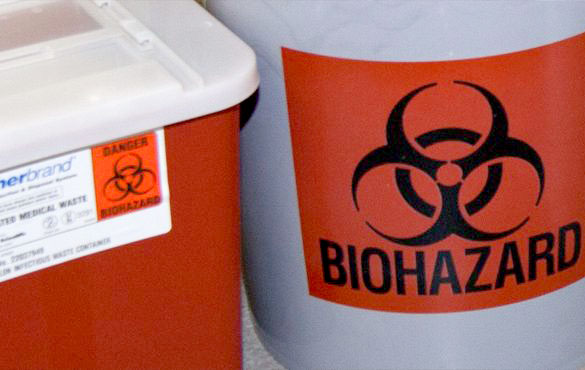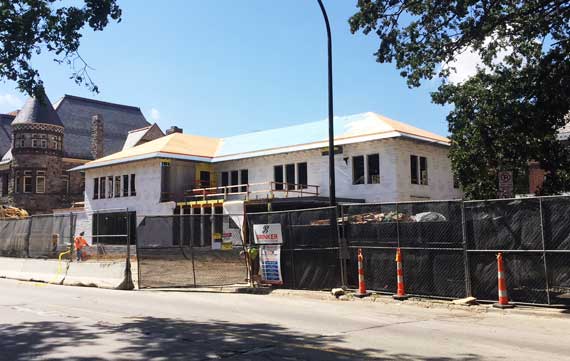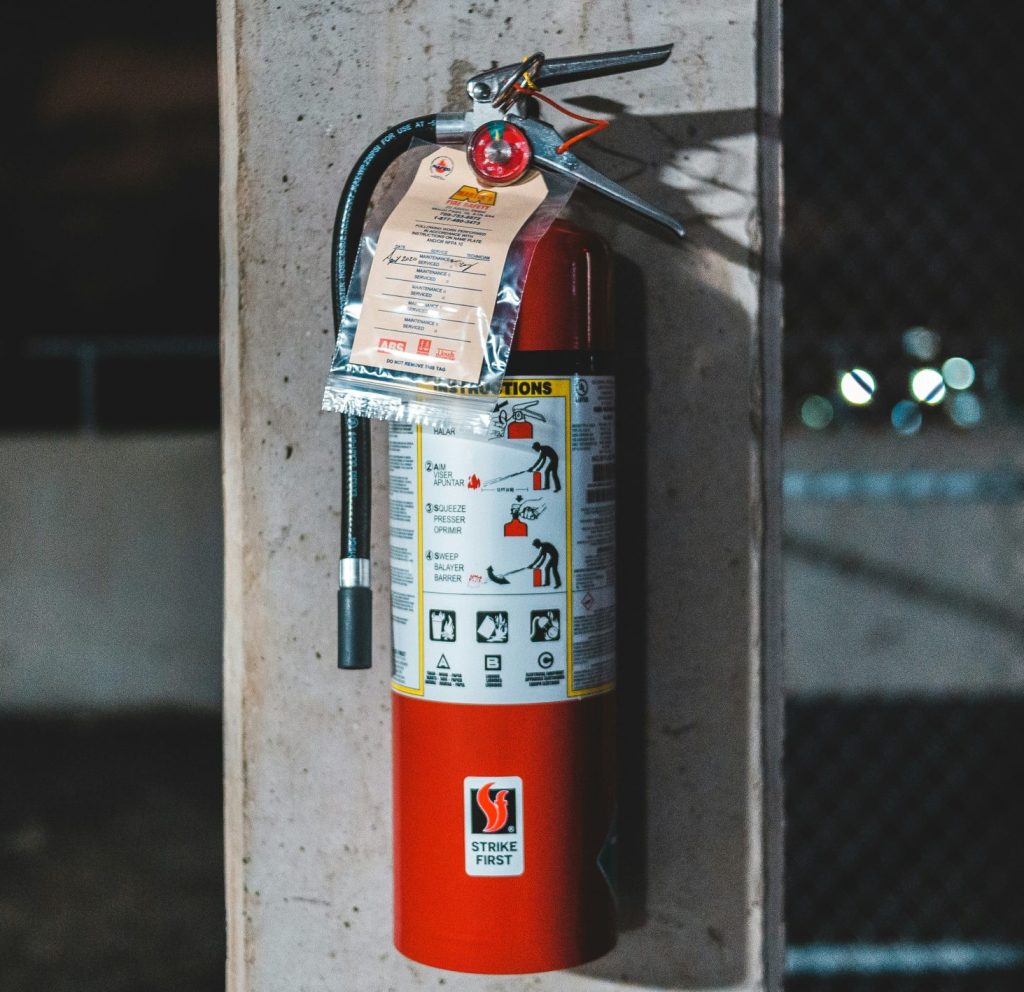RDRC/SHUR Committees
The Radioactive Drug Research Committee (RDRC) and the Subcommittee on the Human Use of Radioisotopes (SHUR) are subcommittees under the U-M Radiation Policy Committee. These subcommittees oversee research protocols involving radiopharmaceuticals and human subjects. Once the RCRC/SHUR reviews are complete, the protocol is submitted to the Institutional Review Board (IRB) MED for approval.
RDRC
The RDRC reviews research protocols, as required by the Food and Drug Administration (FDA) regulation 21 CFR 361.1, involving radiopharmaceuticals without:
- A New Drug Application (NDA) filed with the FDA
- An approved Investigational New Drug (IND) application
- An IND Exemption that may be subject to review by the RDRC in compliance with 21 CFR 361.1.
To be eligible for review by the RDRC under 21 CFR 361.1, a protocol must:
- Involve certain radioactive compounds generally recognized as safe and effective
- Be designed to use radioactive compounds to obtain basic information regarding the metabolism of the compound or regarding human physiology, pathophysiology, or biochemistry
- Not be intended for immediate therapeutic use, diagnostic use, diagnostic studies, or clinical trials
- Not be intended to determine the safety and effectiveness of a drug (carry out a clinical trial)
- Not be designed as part of the routine clinical medical management of patients
- Not allow a pharmacological dose to cause a clinically detectable effect
- Be limited with respect to the annual and total radiation dose commitment to the numerical limits specified in 21 CFR 361.1
An example of a RDRC study would be an investigator wanting to study the expression of a specific neurotransmitter receptor in the brain.
Number of Subjects
The Principal Investigator (PI) must never study more than the maximum number of research subjects approved by the RDRC. For example, if the RDRC approved a research protocol for n=20 subjects, the PI or study group must not exceed n=20 without first seeking and obtaining approval from the RDRC.
In addition, RDRC studies must never exceed the FDA limit of 30 research subjects (21 CFR 361.1) without prior approval by the RDRC. If an approved RDRC proposal intends to exceed more than 30 research subjects, the PI must:
- Notify the RDRC in advance of exceeding the approved 30 research subjects
- Complete and submit to the RDRC an FDA Form-2915 and justification cover-letter
Then, the RDRC/SHUR must approve the request and submit the study to the FDA.
Multi-arm study protocols may have a different number of approved research subjects authorized by the IRB-MED for the ‘total’ protocol; however, there may be a more limited RDRC or SHUR approval for research subjects undergoing a research procedure with administration of a radiopharmaceutical. Thus, the IRB-MED ‘maximum’ number of approved research subjects may not be the same maximum number approved by the RDRC/SHUR.
Exposure Limits for Human Subjects
Per the FDA regulatory limits, the maximum allowed human dosimetry per year per human research subject is the smallest dose with which it is practical to perform the study without jeopardizing the benefits to be obtained from the study. When determining the total radiation doses (effective dose) and dose commitments, the following procedures must be considered:
- All radioactive material included in the radiopharmaceutical either as essential material or as significant contaminant or impurity
- X-ray procedures that are part of the research study
- Possibility of follow-up studies
Under no circumstances may the radiation dose to an adult research subject from a single study or cumulatively from a number of studies conducted within 1-year be generally recognized as safe if such dose exceeds the following criteria:
- Whole Body / Active Blood-Forming Organs / Lens of Eye / Gonads (FDA Limits)
- Single Dose (Effective Dose) = 3 rem (0.03 Sv)
- Annual & Total Effective Dose Commitment = 5 rem (0.05 Sv)
- Other Organs: Single Dose = 5 rem (0.05 Sv)
- Annual and Total Dose Commitment = 15 rem (0.15 Sv)
Reports for RDRC Approved Research Studies
- RDRC Adverse Events: ALL adverse effects or adverse reactions (mild or severe) that are probably attributable to the use of the radio-pharmaceutical or radioactive tracer in a research study MUST be reported to both, the:
- RDRC, no later than three calendar days after the identification of the adverse effect or reaction, by contacting Radiation Safety Service (RSS) at (734) 647-1143 or e-mailing the Radiation Safety Officer (Karl Fischer / kfisch@umich.edu) or EHSRadSafety@umich.edu.
- eResearch system (in accordance with FDA regulations, the RDRC only has 7 days to assess and report adverse effects or reactions to the FDAYou need not confirm a causal relationship between the drug and the event, but the likelihood that the event and the use of the drug were related.
- RDRC Quarterly Reports: These reports track when a subject receives the first administration of a radio-pharmaceutical and are used to track the number of approved “Unique Subjects” as they are studied each quarter. The RDRC generates and sends blank RDRC quarterly reports to each study group. The study groups are required to complete and return the quarterly report to RDRC by email, fax, or as an eResearch correspondence. An Excel spreadsheet can be used to track when each subject is studied and what the organ doses were for each administration of radio-pharmaceutical. Contact RSS for a sample spreadsheet at 647-1143.
- RDRC Annual Report (FDA Form 2915): The FDA requires that the RDRC submits an “Annual Report” by January 31 of each year. The report must contain a summary of study information for each study conducted during the preceding year, including the number of “Unique Subjects” that were studied. The PI must submit a completed FDA Form 2915 (‘Annual Report’) for each of their RDRC-approved research projects to the RDRC. The RDRC reviews, revises if necessary, and sends the report to the FDA. Please note that the sum of the Quarterly Reports and the Annual Report totals of “Unique Subjects” studied for each calendar year must match. Current versions of the FDA Form 2915 (‘Report on Research Use of Radioactive Drugs – Study Summary’) are posted on the FDA website. The FDA will not accept an outdated version of FDA Form 2015. Check the FDA website each time before completing the form.
- RDRC Special Summary Report (FDA Form-2915): This summary notifies the FDA that a protocol involving more than 30 research subjects has been approved or that a previously-approved protocol is expanded to include more than 30 subjects. The PI must complete the “Special Summaries” of FDA Form 2915 (‘Report on Research Use of Radioactive Drugs – Study Summary’) form and a justification letter and submit them to the RDRC for approval. Upon approval, the RDRC will submit it to the FDA
SHUR
SHUR reviews and approves applications involving the clinical administration of radiopharmaceuticals or radioactive drugs for routine medical patients or the administration of radioactive drugs to human research subjects involving FDA-approved:
- New Drug Applications (NDA)
- Investigational New Drugs (IND)
- IND Exemptions.
A SHUR application can involve the clinical administration of radiopharmaceuticals intended for therapeutic use, diagnostic use, or similar purposes or to determine the safety and effectiveness of a drug (clinical trials).
An example of a SHUR study would be an investigator wanting to study a new radioligand to monitor the treatment response of a brain tumor.
Number of Subjects
There is no limit on the number of research subjects allowed for a given SHUR study. However, the SHUR will evaluate the number of requested research subjects and determine if the number appears appropriate for the study.
Exposure Limits for Human Subjects
There are no regulatory dose limits for SHUR applications; however, the SHUR will evaluate each research study for safety on a case-by-case basis.
Reports for SHUR Approved Research Studies
- SHUR Annual Report: The SHUR requires that the PI submit an Annual Report to show the number of “Unique Subjects” that are studied each calendar year.
- SHUR generates and sends blank SHUR annual reports to each study group. The study groups are required to complete and return the annual report to SHUR by email, fax, or as an eResearch correspondence.
- SHUR Study Termination Report: While there is no regulatory requirement to report the “termination” of SHUR-approved studies at U-M, the PI is requested to notify the SHUR committee by posting a “Correspondence” in eReasearch of the impending termination of a research study. This could be done at the same time that the IRB-MED is given notice of the intent to terminate.
Radiation Risk Language
The radiation dose to your body from these kinds of imaging scans is termed the ‘effective dose’ and is measured in terms of Sieverts (Sv) or milliSieverts (mSv; 1/1000 Sv). The total amount of radiation an average size adult will be exposed to in this study will be ____Sv. This radiation exposure will be added to your overall lifetime radiation risk. Your lifetime radiation risk includes the natural background radiation you are exposed to naturally like everyone else living on this planet, which is on average 3 mSv per year; the maximum radiation you will be exposed to in this study is ____times [higher or lower] than the average yearly background radiation. In terms of radiation a person may get exposed to during medical care, the maximum amount of radiation you could receive for research purposes in this study if you complete the study is about ____ [%, fraction, or times] the radiation received in CT scan (~10 mSv) of the abdomen and pelvis.
The U.S. federal government requires that the annual amount of radiation exposure of radiation workers does not exceed 50 mSv per year; the radiation you will be exposed to in this study is ____ [%, fraction, or times] this amount.
Please tell us if you have had any major radiation exposure in the past, particularly in the last two years; such as treatment with x-rays, radioactivity, diagnostic x-rays, CT scans, or nuclear medicine scans. It is also important that you inform the investigators of your participation in any other research studies during the past year.
IRB-MED Approval for RDRC/SHUR Approved Protocols
Any protocol submitted to the RDRC/SHUR for review and approval is also required to receive IRB-MED approval. IRB-MED approval is contingent upon RDRC/SHUR review and approval and any revisions or modifications required by the RDRC/SHUR must be incorporated into the protocol before final, full approval by the IRB-MED will be granted.
Amending an RDRC/SHUR Previously-Approved Protocol
The RDRC/SHUR must review any amendment to a previously-approved eResearch protocol if any of the following changes have been made:
- Change in PI
- Change in radiopharmaceutical/radionuclide tracer use in the protocol (additions or deletions)
- Change in radiopharmaceutical activity (increase or decrease) administered to a research subject
- Change in the anticipated radiation exposure to a research subject
- Increase in the number of research subjects to be studied
- RDRC approved studies must submit an FDA Form 2915 (“Special Summary”) and a justification letter to the RDRC when requesting approval to study more than 30 research subjects
- Check the FDA website for the most current version of FDA Form 2915 (expired versions will not be accepted by the FDA)
- An adverse event (AE) occurs that involves a radiopharmaceutical or radioactive drug
- Other Reportable Information or Occurrence (ORIO) takes place involving a radiopharmaceutical
- Study has ended enrollment and is now open only for data analysis
- RDRC study groups must submit an FDA Form 2915 (‘Termination’) to the RDRC when the study ends enrollment and remains open only for data analysis.
If the RDRC/SHUR does not respond, within two weeks, when any of the above items are amended in a previously approved research project, then the PI should post a correspondence using eResearch to either the RDRC or SHUR ancillary committee so that the amendment can be reviewed.
Supplemental Information
- EHS
- NRC
- FDA
- RDRC





